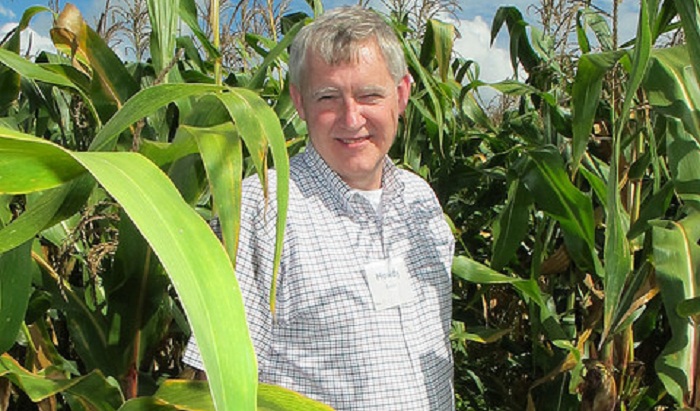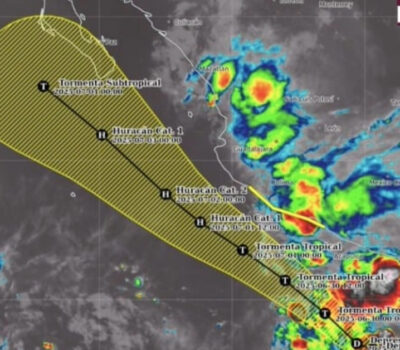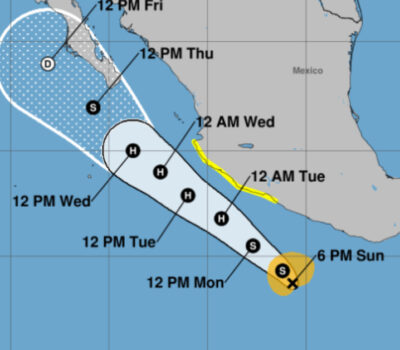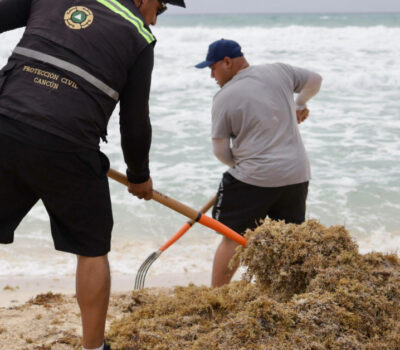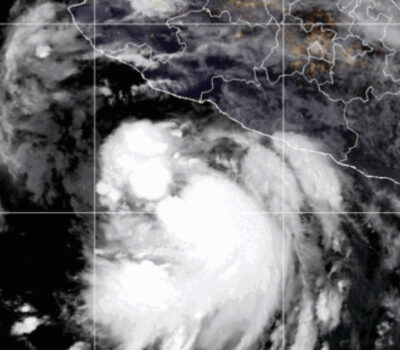Food economist Howarth Bouis is a man with a very big mission: to get staple foods fortified with health-improving vitamins and minerals to 1 billion people in the developing world by 2030.
U.S.-based HarvestPlus, the program he founded to kickstart that process in 2003, has so far reached an estimated 20 million people in poor farming families in its eight target countries in Africa and Asia – an achievement that won Bouis the World Food Prize this week.
He shared the $250,000 award with three scientists from the International Potato Center, for their work to develop the most successful example of “biofortification”: a variety of orange-fleshed sweet potato that is rich in vitamin A.
Vitamin A deficiency is the leading cause of preventable blindness in children, and increases the risk of disease and death from severe infections, including diarrhea and measles.
Malnutrition caused by a lack of vitamins and minerals in the diet, commonly known as “hidden hunger”, affects the health of more than 2 billion people around the world, especially in poorer nations.
To help combat the problem, HarvestPlus has developed, using conventional plant-breeding techniques, varieties high in micro-nutrients, which it promotes in developing countries: from zinc-rich wheat in Pakistan to high-iron beans in Rwanda, cassava with enhanced vitamin A in Nigeria and iron-rich pearl millet in India.
The Thomson Reuters Foundation spoke with Bouis after the prize was announced about his work and where he hopes to take it next.
TRF: In the 1990s, you realized malnutrition wasn’t just about not having enough to eat – how did that happen?
BOUIS: The barometer for the economists was always calories, energy – if you could increase calories, that was going to improve nutrition. But when I analyzed my data… it didn’t seem that calories were nearly as important.
I did some work among the economics community to say, we shouldn’t be so much looking at calories, we should be looking at dietary quality. That’s when I got interested in mineral and vitamin deficiencies.
TRF: Why did it take a decade to turn your research into action?
BOUIS: When I first started talking to plant breeders, they said, ‘Our job is to increase yields, improve productivity, reduce poverty… Why should we breed for better nutrition as well?’
Then we discovered that the plants needed the minerals, in particular, and they could get higher productivity.
The nutritionists said, ‘If you put it in the staple food crops, only a low percentage will be absorbed (by the body)’ – and we have been able to show that wasn’t true. And partly it was funding – funding for agriculture research at the time was declining.
It was trying to bring the agriculture and the nutrition communities together and get them used to the idea that agriculture had a role to play in improving nutrition, and vice versa.
It took a long time, it was a difficult road. But the big breakthrough was (when) I went to the Gates Foundation… and there were a couple of people there who said, ‘This is thinking out of the box.’ And they gave us a $25 million grant over four years.
TRF: How did momentum build once you were able to get HarvestPlus off the ground?
BOUIS: It is fundamentally a no-brainer – as long as you can organize the financing and get the scientists to cooperate with one another.
Five hundred million vitamin A capsules are given out each year, and they cost $1 per capsule – not because of the manufacturing. It’s because you have to have an organization in place in each country to distribute the capsules in a responsible way. So you have recurring costs… After a decade you have spent $5 billion, and you still haven’t fundamentally addressed the underlying cause.
With agriculture research, you develop the varieties, you spend the money on the research upfront – far less than $5 billion – and then you make the seeds available in various countries around the world.
They get those varieties into the food system and the farmers grow them, and people eat them. You don’t have recurring costs. It’s like putting fluoride in the water – you are piggy-backing on an existing system.
It’s a cheaper way of addressing the problem. (But) for the time being, we need all of these approaches.
TRF: Where do you see HarvestPlus going from here?
BOUIS: We have released biofortified crops in 30 countries, and we are doing the testing for release of the crops in another 25 countries. So we have a lot of breadth around the world; now we need to deepen – in each of those countries, the big job is to capture a high percentage of the total staple food production, to make it go from non-biofortified to biofortified varieties.
As it expands over time, a billion people will be buying and eating fortified crops.
TRF: How do you get local people to adopt the new varieties?
BOUIS: We’re not trying to change people’s eating habits – if they are growing and eating maize, it’s maize that we’re trying to substitute.
With the pro-vitamin A crops, you are changing the color (to yellow or orange), so if you don’t give them information, they won’t switch… You have to get information to the mothers, in particular. Once they like the taste, and they see the price, they say, ‘This makes sense for my family.’
TRF: What impact will climate change have on your work?
BOUIS: It is an opportunity and a risk at the same time. The CGIAR (an international agricultural research network) is breeding heat-tolerant beans… they can go to lower altitudes now because of the heat tolerance, so we piggy-back on that climate-smart trait. We make sure that the heat-tolerant beans are also high in iron, and as the heat-tolerant beans become more popular, then automatically, the high-iron beans are adopted.
If we don’t do it, our high-iron beans are going to be replaced by the heat-tolerant beans.
(Reporting by Megan Rowling; editing by Ros Russell. Please credit the Thomson Reuters Foundation, the charitable arm of Thomson Reuters, that covers humanitarian news, women’s rights, trafficking, corruption and climate change. Visit news.trust.org)
Food economist Howarth Bouis is a man with a very big mission: to get staple foods fortified with health-improving vitamins and minerals to 1 . . .

